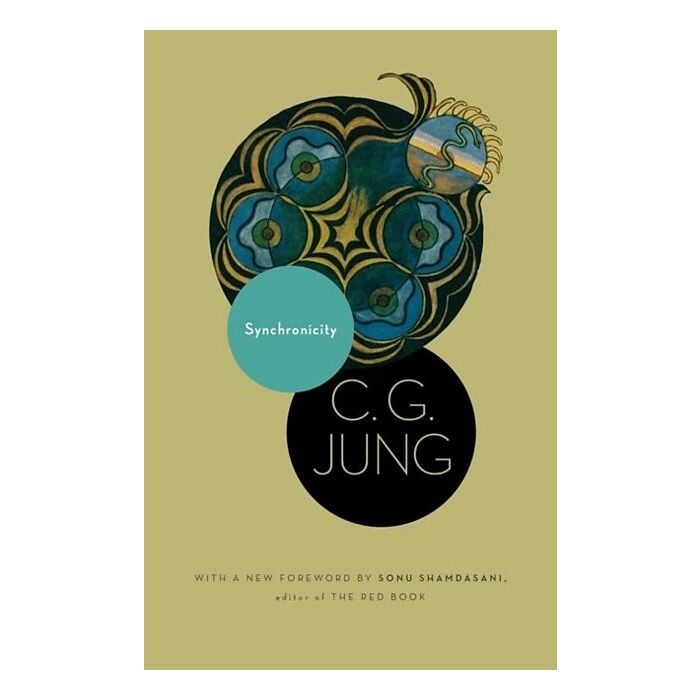Synchronicity
Details
Jung was intrigued from early in his career with coincidences, especially those surprising juxtapositions that scientific rationality could not adequately explain. He discussed these ideas with Albert Einstein before World War I, but first used the term 'synchronicity' in a 1930 lecture, in reference to the unusual psychological insights generated from consulting the I Ching. A long correspondence and friendship with the Nobel Prize-winning physicist Wolfgang Pauli stimulated a final, mature statement of Jung's thinking on synchronicity, originally published in 1952 and reproduced here. Together with a wealth of historical and contemporary material, this essay describes an astrological experiment Jung conducted to test his theory. "Synchronicity" reveals the full extent of Jung's research into a wide range of psychic phenomena. This paperback edition of Jung's classic work includes a new foreword by Sonu Shamdasani, Philemon Professor of Jung History at University College London.
"Winner of the 2012 First Place Cover/Jacket in the Professional, Scholarly Series, New York Book Show"
Autorentext
Sonu Shamdasani is Professor of Jung History and Co-Director of the Health Humanities Centre at University College London and the editor of Jung’s Red Book.
Klappentext
A parapsychological study of the meaningful coincidence of events, extrasensory perception, and similar phenomena.
Weitere Informationen
- Allgemeine Informationen
- Vorwort von Sonu Shamdasani
- Sprache Englisch
- Gewicht 161g
- Untertitel An Acausal Connecting Principle
- Autor C. G. Jung
- Titel Synchronicity
- Veröffentlichung 28.02.2011
- ISBN 0691150508
- Format Kartonierter Einband
- EAN 9780691150505
- Jahr 2010
- Größe H137mm x B214mm x T12mm
- Herausgeber Princeton Univers. Press
- Anzahl Seiten 135
- Übersetzer R.F.C. Hull
- GTIN 09780691150505

